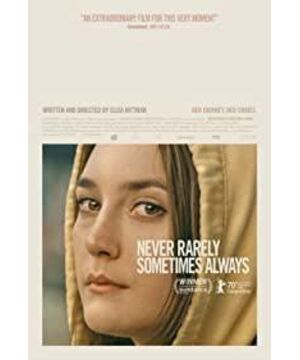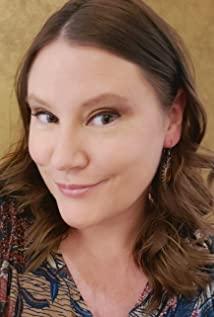Most of the film is shot in close-up. But it can still be divided into two specific methods, one is fixed camera position, and the other is handheld camera shooting.
Among them, the clips shot with a handheld camera include the first time when the heroine checked the results of the pregnancy test stick in the hospital; the second time was when the heroine returned home and used the computer to inquire about abortion-related matters; the third time was when the heroine made a nose ring by herself The fourth time was when the heroine and cousin were on their way to New York.
The fixed camera scenes mainly include
1. When the heroine comes to the stage to sing a song;
2. When the doctor played her an abortion education video;
3. When the New York doctor asked her about the record sheet.
After watching the video. I think the director may have ulterior motives for shooting like this. He wanted to use two different shooting methods to express the effect of external information interference on self-selection.
When the director chooses to shoot with a handheld camera, what he expresses is the heroine's own choice, or a choice that he can control. When shooting at a fixed camera, there are other people involved. It shows that the influence and interference of the outside world on you are particularly strong and strong.
When the picture shows a shot taken by a handheld camera, the picture will shake slightly, and the left and right will slightly sway. It seems to be expressing. When everyone makes a certain choice, it is always tangled, repeated, and confused. After thinking about it, we make the corresponding behavior.
When the screen changes to a fixed camera position. What the director expressed is that in this case, the information we receive, the opinions we accept, and the choices we make all have outside participation. Moreover, the interference of external concepts or information is deeply ingrained, and you are unable to refute it, and will evaluate whether your choice is right or wrong.
Just like at the beginning of the film, the heroine is performing on stage. Whether the audience praised her or criticized her, the heroine on the stage was powerless to refute her, and could only continue her own affairs silently.
And in the first time the heroine went to the hospital. Check out. The doctor showed her an educational film when she knew she was prone to abortion. At this point the camera no longer shakes, just like we are growing up. What a powerful and unshakable existence is the education of the outside world, the information instilled in you, and the formation of your values. It seems that we are being taught what is right and what is wrong all the time.
Later, the New York doctor asked her a scene. The camera is fixed on the heroine's face for a long time. At this time, there was no doctor's expression, only the question after question without emotional ups and downs. The expression on the heroine's face kept changing. It's like when each of us communicates with the outside world. How many people will really feel each other's feelings. How many people will really care about each other's needs.
Perhaps living in such a society where information spreads extremely rapidly. Each of us lives a lot with the heroine. It seems like you have a say in everything, it seems like you have a choice in any situation, it seems like you have a say in any reality. But in fact, you really have too few choices. It may also be the same as what is shown in the film, there are only four kinds of deepening degrees.
What we see is that the heroine is thoughtful, deliberate, and confused when answering questions. That's because there are only four answers. The world that should have been rich, three-dimensional, and comprehensive is efficiently divided into four options. In real life, the situation we face may be even worse. Sometimes life is too lazy to give you four options, and often there are only two paths left for you to go. And you have almost no chance to defend, let alone fight back. Because in the digital world, labeling and flattening are the most efficient classification methods, people may be forcibly divided into different groups just because of a small choice. From then on you will be marked never, rarely, sometimes or always.
The digital world seems to give everyone the right to speech and expression. It actually gagged all of us.
View more about Never Rarely Sometimes Always reviews











